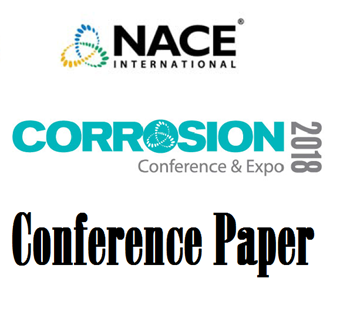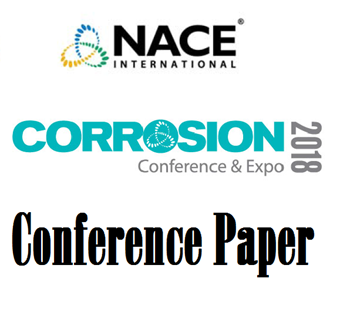Search
O2 Contamination in Ssc / Hic Qualification Test Environments – Impact on Test Results and Discussion on Acceptable Limits
Also Purchased
51318-10920-High strength steel SSC evaluation in mild sour environments at ambient and high temperatures
Product Number:
51318-10920-SG
Publication Date:
2018
$20.00
51318-10931-Impact of oxygen pollution on H2S corrosion and hydrogen permeation
Product Number:
51318-10931-SG
Publication Date:
2018
$20.00
Impact of O2 Content on Corrosion Behavior of X65 Mild Steel in Gaseous, Liquid and Supercritical CO2 environments
Product Number:
51320-14433-SG
Publication Date:
2020
$20.00




